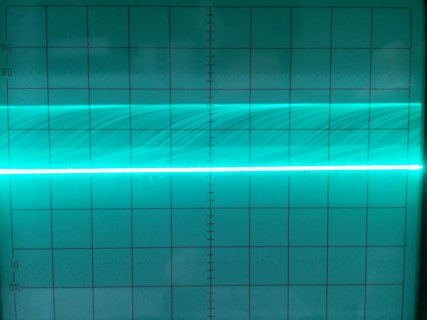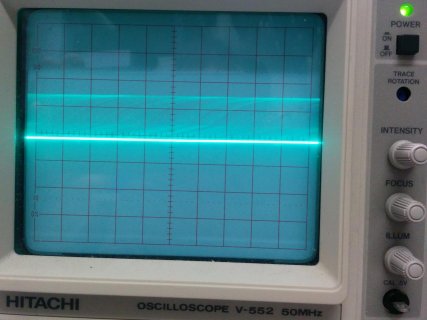mattomatto
Well-known member
Hi all,
I received my second round of PCBs based on the teensy and audio shield schematics put together and am disappointed to say that once again I cannot get them to work. I am burning through the Mini54 chips at the moment!
My last design appeared to work - the verbose output form the teensy loader said everything it was supposed to, but the MK20 just did nothing. I went back and greatly simplified the circuit and improved the decoupling. This time, I get nothing from either chip. While I'm not an EE, I think I understand the design principals well and am really pulling my hair out trying to sus out why they don't work.
One slightly important change I made was I am now using this crystal:
http://uk.farnell.com/jsp/search/productdetail.jsp?SKU=1841946
Would that be appropriate to use for the MK20? Should I be adding 18pF caps to it?
I have tested all connections and have made several boards to eliminate the possibility of bad soldering.
If anyone would be kind enough to look at my designs and offer some ideas, I would be very grateful.
Here are the schematic and layout:
https://drive.google.com/file/d/0BwUFiZpwTq6WTmplanZzRXVzNXc/view?usp=sharing
https://drive.google.com/file/d/0BwUFiZpwTq6WdGFrOTNsNEhrV1E/view?usp=sharing
Before you ask - I do already use the teensy and audio shield a LOT and this isn't just to try and make my own board for cheaper - It's my hobby and I just feel compelled to make it work because it would be awesome!
Many thanks,
Matt
I received my second round of PCBs based on the teensy and audio shield schematics put together and am disappointed to say that once again I cannot get them to work. I am burning through the Mini54 chips at the moment!
My last design appeared to work - the verbose output form the teensy loader said everything it was supposed to, but the MK20 just did nothing. I went back and greatly simplified the circuit and improved the decoupling. This time, I get nothing from either chip. While I'm not an EE, I think I understand the design principals well and am really pulling my hair out trying to sus out why they don't work.
One slightly important change I made was I am now using this crystal:
http://uk.farnell.com/jsp/search/productdetail.jsp?SKU=1841946
Would that be appropriate to use for the MK20? Should I be adding 18pF caps to it?
I have tested all connections and have made several boards to eliminate the possibility of bad soldering.
If anyone would be kind enough to look at my designs and offer some ideas, I would be very grateful.
Here are the schematic and layout:
https://drive.google.com/file/d/0BwUFiZpwTq6WTmplanZzRXVzNXc/view?usp=sharing
https://drive.google.com/file/d/0BwUFiZpwTq6WdGFrOTNsNEhrV1E/view?usp=sharing
Before you ask - I do already use the teensy and audio shield a LOT and this isn't just to try and make my own board for cheaper - It's my hobby and I just feel compelled to make it work because it would be awesome!
Many thanks,
Matt
Last edited:





